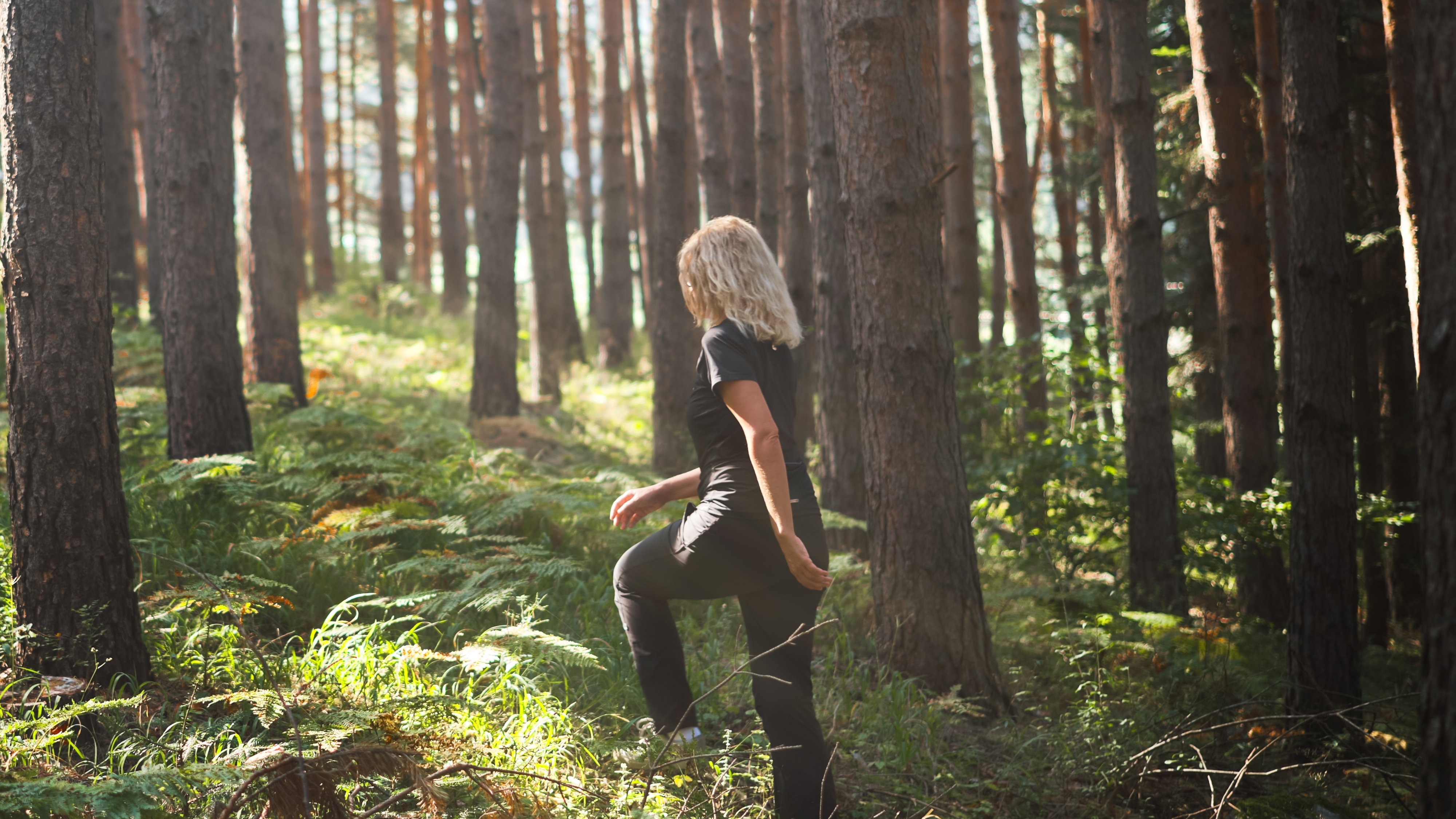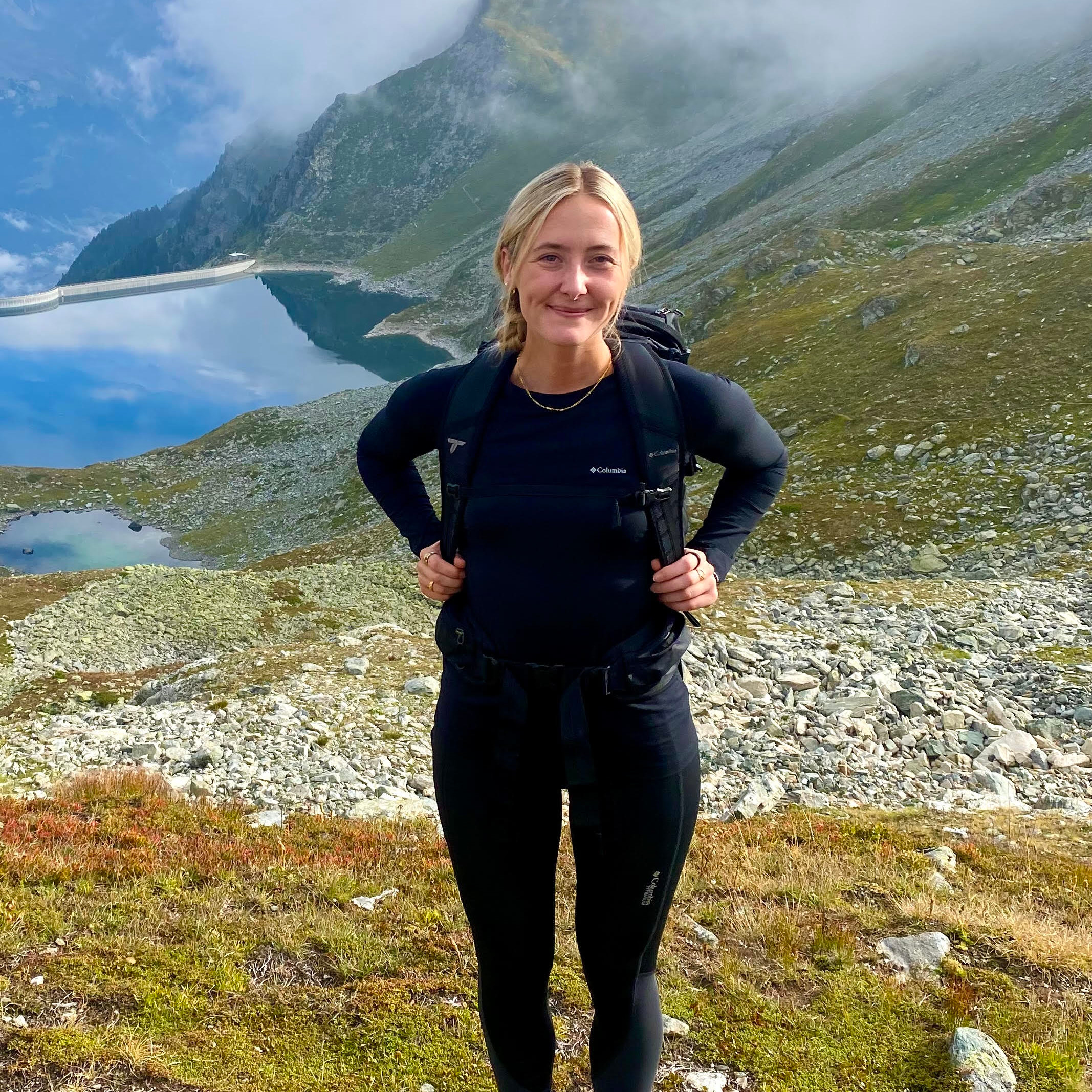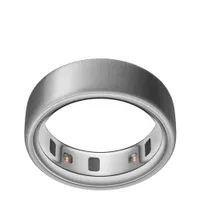Forget stretching — ‘forest bathing’ might be the best back pain relief, study reveals
Could spending time in the outdoors be a natural remedy for back pain?

Dealing with back pain can be exhausting. It can mess with your sleep, distract you at work and even make you think twice about leaving the house.
If you’ve already tried the usual advice like stretching, taking painkillers and using a hot water bottle without much relief, new research suggests it might be time to try something different. And it’s surprisingly simple.
Have you ever heard of forest bathing? It’s a Japanese practice known as Shinrin-yoku that involves slowing down and spending quiet, mindful time in nature.
Despite the name, it doesn’t mean soaking in a stream or hugging trees. It’s about switching off, breathing deeply and taking in your surroundings. If you're curious to see how your body responds, using one of the best smart rings could help you monitor changes in sleep, stress and recovery over time.
While the study doesn’t use the term "forest bathing," what the researchers found lines up with the idea. They discovered that spending time in nature helped people with chronic back pain feel better, both physically and mentally. Here’s what the research revealed.
The Oura Ring 4 can help you track how your sleep and recovery respond to lifestyle changes. It offers daily insights into rest, stress, and activity levels, making it easier to spot what’s working for your body.
What is the study?
This small study, carried out by researchers at the University of Plymouth and the University of Exeter, looked at how nature might support people living with long-term lower back pain.
The team interviewed just 10 participants, all of whom had experienced chronic pain for between five and 38 years. Despite the limited sample size, the insights were hopeful.
Get instant access to breaking news, the hottest reviews, great deals and helpful tips.
Spending time in nature helped people feel less focused on their pain, more socially connected and less stressed overall. Many preferred walking outdoors to being in a gym, and said the fresh air, greenery and sounds of water offered a calming escape from daily discomfort.
Some did note that uneven terrain or limited seating made certain places harder to enjoy, but overall, nature was a welcome outlet.

How can you implement the results into your life
You don’t need a forest on your doorstep to feel the benefits of being outdoors. Whether you have access to a small park, a garden, or a nearby walking path, spending time in nature regularly, even for just 10 or 15 minutes daily, could help reduce stress and take your mind off physical discomfort.
The study showed that spending time outdoors can support both physical pain and mental well-being. But comfort and accessibility are key, especially if you live with back pain.
If uneven paths or long walks are difficult, try finding routes with flat, even ground and benches where you can rest. Accessible parks, botanical gardens, or smooth riverside paths can be great places to start.
Even if you only have a small garden, balcony, or green space nearby, sitting outside and tuning in to natural sounds like birdsong or rustling trees can still help.
If you are hoping to walk more often, a good pair of shoes can really help. We’ve tested and reviewed the best hiking shoes to help you find supportive options for gentle walks or bigger adventures.
More from Tom's Guide
- Forget everything you know about back pain — science reveals this simple habit could be your cure
- I tried plogging instead of running — here’s why it felt so satisfying
- Forget crunches — personal trainer recommends this 8-move standing dumbbell workout for stronger abs and arms

Jessica has been a fitness writer at Tom’s Guide since 2023, bringing three years of experience writing about health, fitness, and the great outdoors. Her passion for exercise began during her childhood, where she spent weekends hiking and competing in local athletics club events. After earning a master’s degree in journalism from Cardiff University, Jessica found the perfect way to combine her love of storytelling and fitness into a career.
Jessica is passionate about testing fitness gear and tech, using her reviews to help readers make informed buying decisions. She ran her first marathon in April 2024, finishing it in 3 hours and 48 minutes. Through her training, she’s developed a deep understanding of what it takes to grow as a runner, from effective workouts and recovery techniques to selecting the right gear for every challenge.
When she’s not at her desk, Jessica enjoys spending time in the kitchen crafting new recipes, braving cold water swims and hiking.
You must confirm your public display name before commenting
Please logout and then login again, you will then be prompted to enter your display name.

